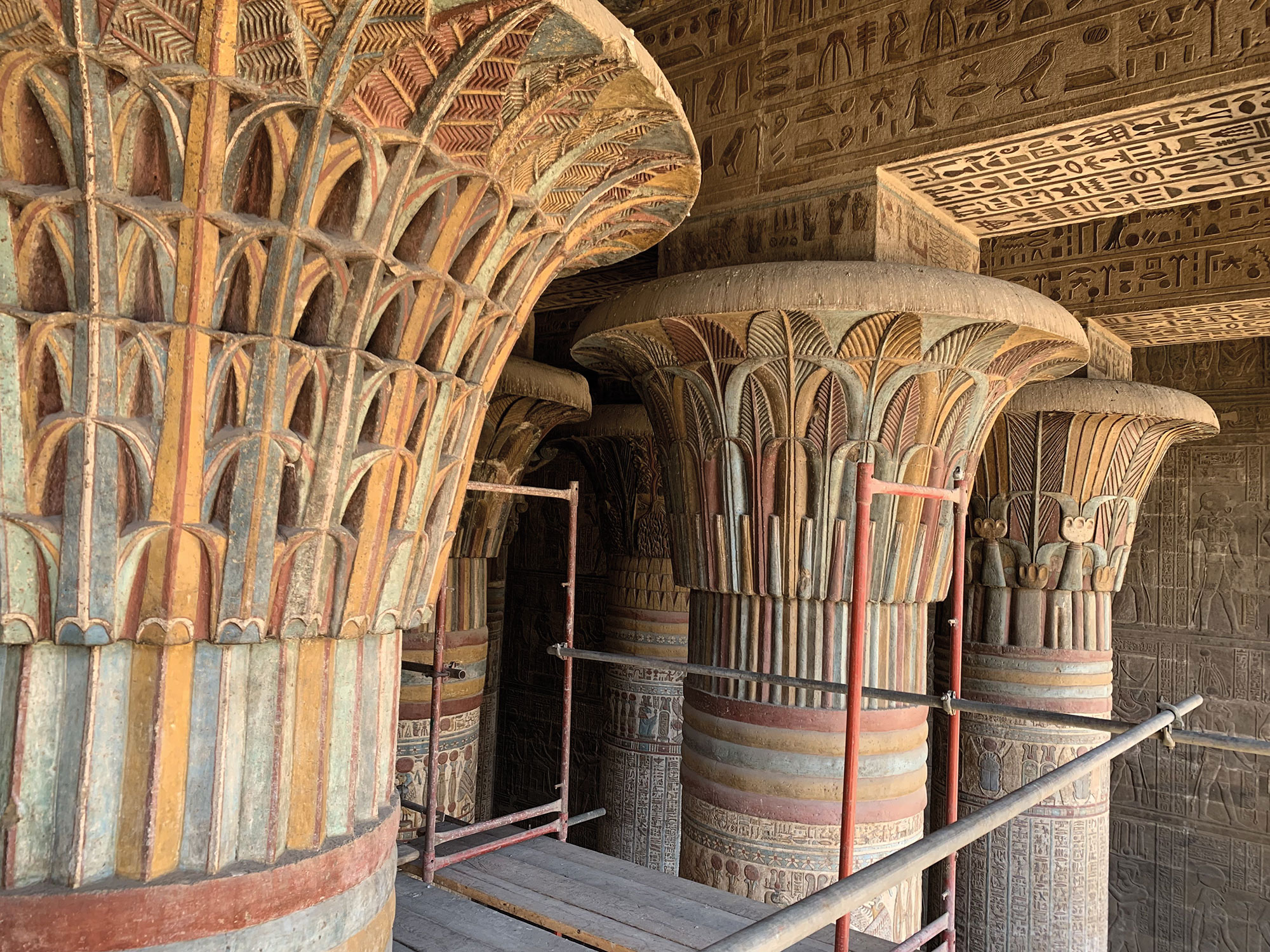VERGINA, GREECE—It has long been believed that the Great Tumulus of Vergina contained the burials of the last Macedonian kings and royals, including those of family members closely related to Alexander the Great. Beneath the great earthen mound, archaeologists found four tombs, which they labeled Tombs I, II, III, and IV. Ever since these graves were discovered, however, scholars have hotly debated who exactly is buried in each tomb. This is especially true of Tomb I, also known as the Tomb of Persephone, due to its wall paintings that were uncovered in 1977. It has been previously argued that this cist grave contained the remains of Philip II, Alexander the Great's father, his wife Cleopatra, and their newborn son. The trio were violently assassinated together in 336 b.c. La Brújula Verde reports that a team of researchers has recently utilized radiocarbon dating, ancient DNA analysis, and isotope studies to finally put this debate to rest. The researchers determined that most of the skeletal remains found in Tomb I belonged to a male individual between the ages of 25 and 35 who died and was interred between 388 and 356 b.c. This indicates that the tomb could not have possibly belonged to Philip II after all. Although the researchers acknowledge that it is impossible to definitively determine exactly to whom the grave belonged at this point, they speculate that possible candidates include Amyntas III, Alexander the Great’s grandfather, or his sons Alexander II and Perdiccas III, whose deaths fall within the newly established date range. Read the original scholarly article about this research in Journal of Archaeological Science. To read more about Vergina and Philip's family, go to "Alexander the Great's Untold Story."
New Study Reveals Who Was (Or Wasn't) Buried in Vergina's Tomb of Persephone
News April 30, 2025
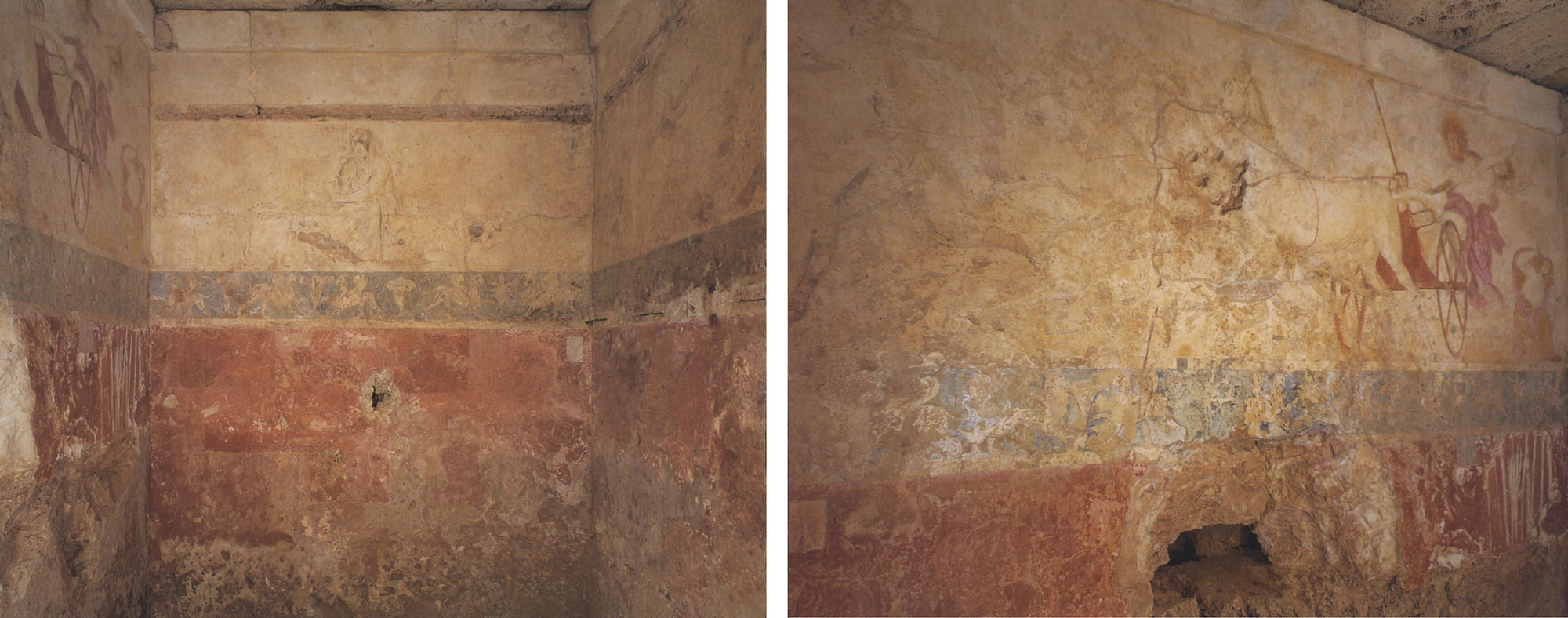
Recommended Articles
Features May/June 2024
Alexander the Great's Untold Story
Excavations in northern Greece are revealing the world that shaped the future king
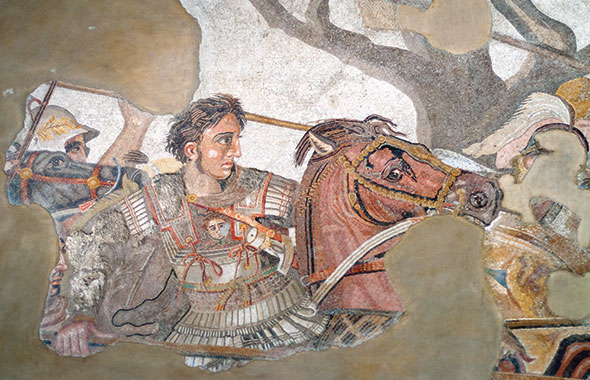
Digs & Discoveries January/February 2023
A Young Hercules
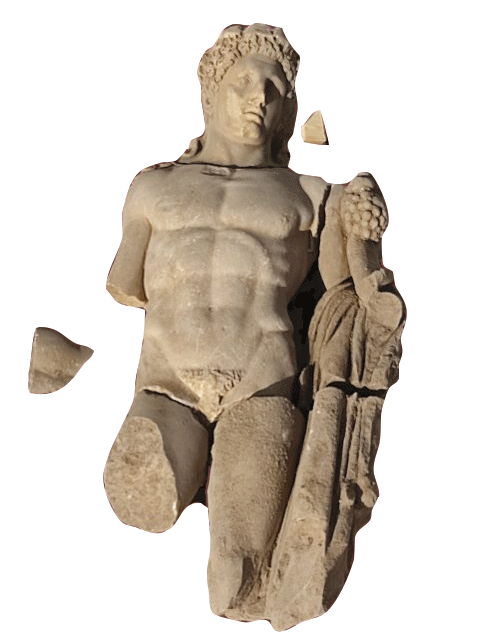

Secrets of the Seven Wonders November/December 2025
Statue of Zeus at Olympia
Greece, fifth century b.c.
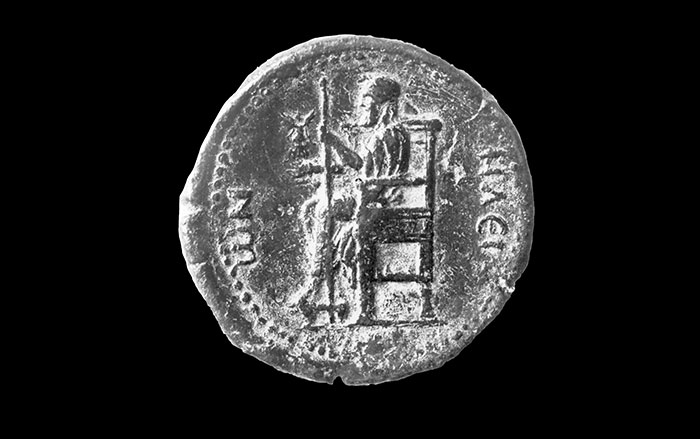
-
Features March/April 2025
The Shell Seekers
How hunter-gatherers in northern Florida facing an uncertain future revived a powerful symbol of their past
 © Majka Media
© Majka Media -
Features March/April 2025
Unearthing an Elusive Empire
Archaeologists have discovered rare evidence of an enlightened medieval dynasty that ruled much of Central Asia
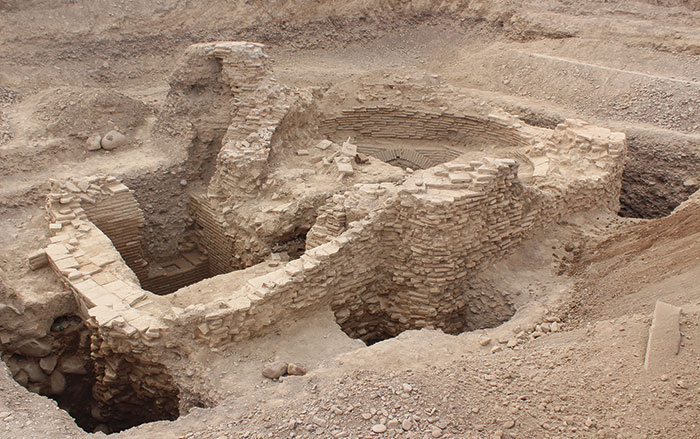 Photo by Kubatbek Tabaldiev and Kunbolot Akmatov
Photo by Kubatbek Tabaldiev and Kunbolot Akmatov -
Features March/April 2025
The Secrets of Porvenir
Remembering the victims of a 1918 massacre that shook a Texas border community
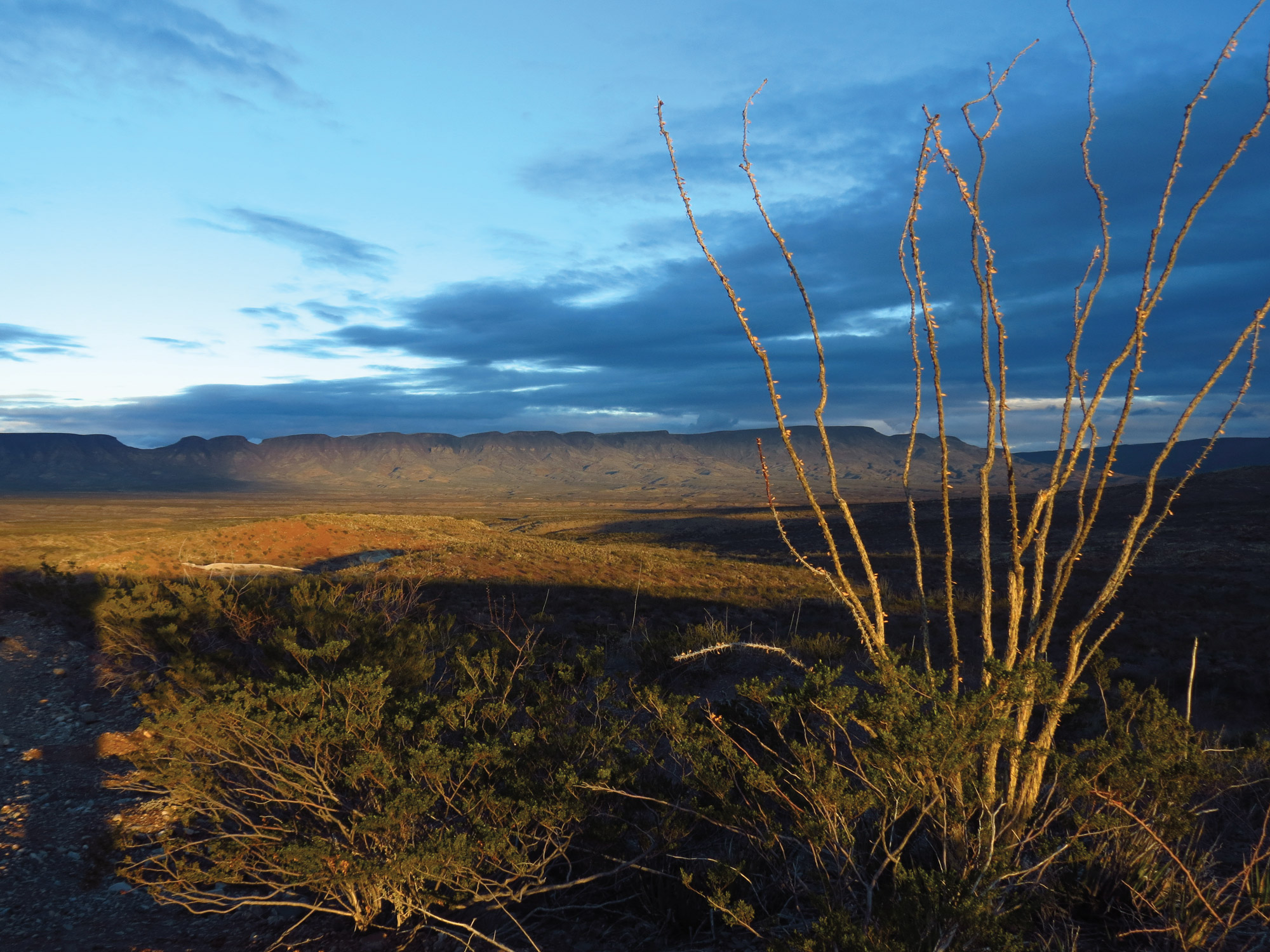 Courtesy David Keller
Courtesy David Keller -
Features March/April 2025
Ahead of Their Time
Excavations reveal the surprising sophistication of Copper Age villagers in southwestern Iran 6,000 years ago
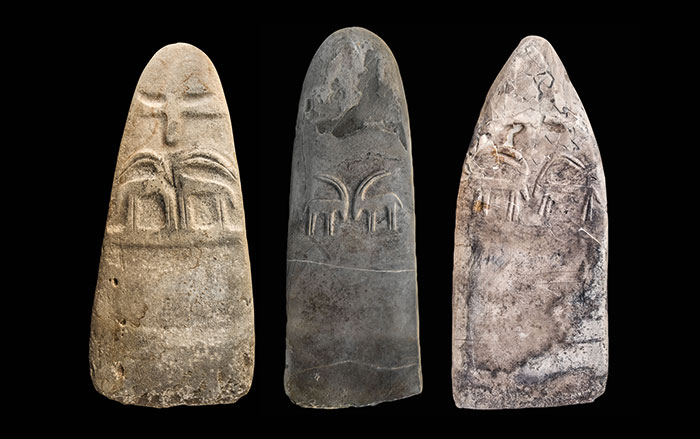 Zohreh Prehistoric Project Archive
Zohreh Prehistoric Project Archive


